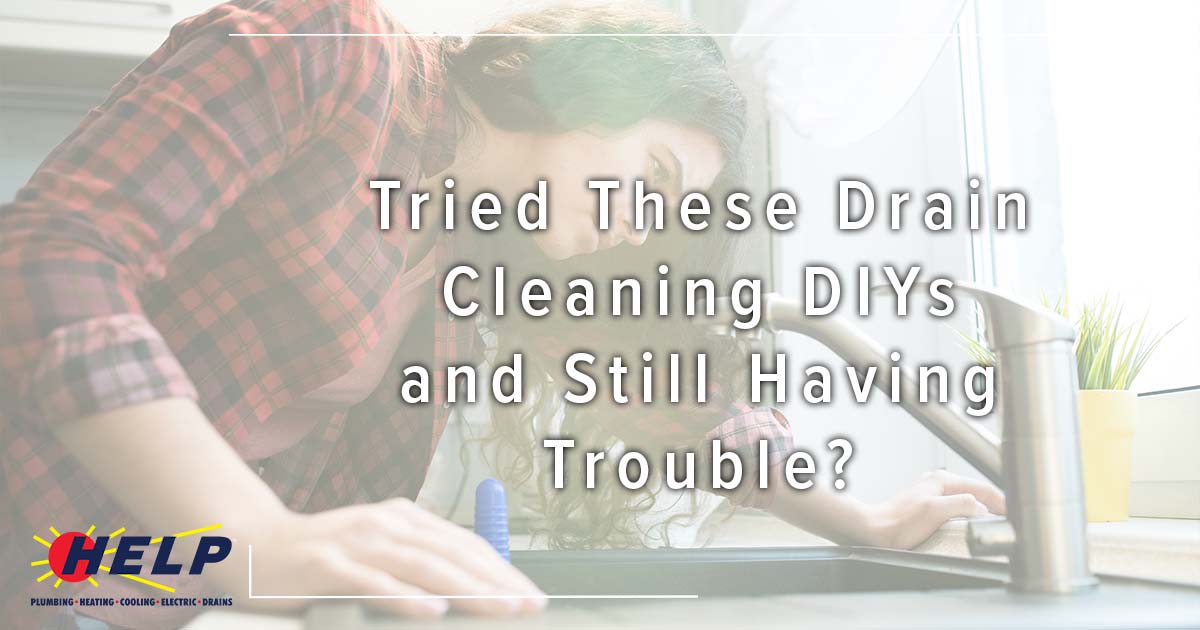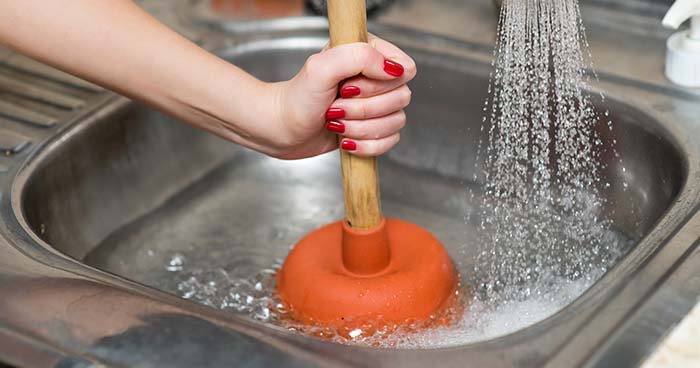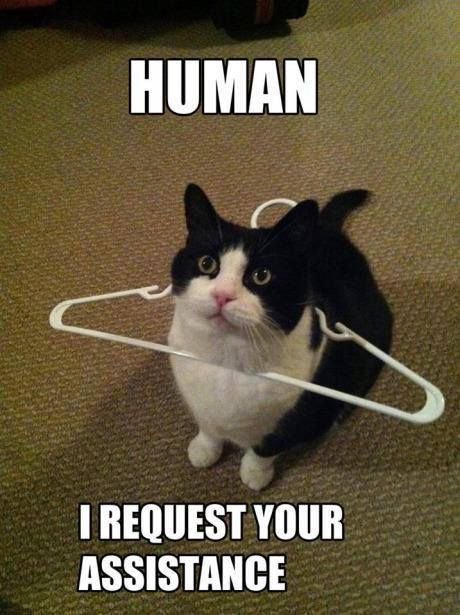Tried These Drain Cleaning DIYs and Still Having Trouble?
07/11/22

A slow or clogged drain is a messy nuisance in your home. Whether you’re dealing with a slow drain or a full-blown clog, many homeowners try to tackle the problem on their own.
Unfortunately, sometimes the drain cleaning DIY method doesn’t cut it. Here are some tips to get results and know when you need to call a pro.
Why Your Sink is Not Draining
If you notice that the water in your bathroom or kitchen sink pools and takes a few minutes to drain, this is known as a slow drain. While it’s not as bad as a full clog, grease, food debris, soap scum, hair, and other materials can build up and lead to a complete blockage that’s more inconvenient to fix.

A sink with a slow drain will eventually drain, so some homeowners just ignore it. Keep in mind that this minor issue can build to a full clog quickly, however, and it’s better to correct it before it becomes a problem.
Use the Zip-It Tool
Removing the debris and particles that are causing your slow drain can get it flowing smoothly again. The Zip-it tool is a handy and inexpensive product that can help you catch the hair and debris that’s creating a slow drain and bring it up.
Take out the P and U Traps
The pipes below your sink will have a U-shaped bend in them, whether they’re in the bathroom or kitchen. This bend is intended to keep a pool of water in your pipes and prevent the sewer gas from backing up into your home, which is not only smelly, but can be toxic.
Here’s how to clear your P and U traps:
- Clear out the items you store beneath your sink. Leave a bucket underneath the pipes to catch any water.
- Turn off the water supply to the sink.
- The P-trap is held in place by slip nuts at the edges of the pipe’s curve. Depending on when your home was built, they may be chrome or plastic.
- The slip nuts can be removed with your fingers or a wrench. Turn them counterclockwise.
- Once the nuts are loosened, you can take out the P-trap section of the pipe.
- Use gloved fingers or a stiff brush to push the blockage out of the pipe.
- When the clog is cleared, replace the plumbing and retighten the slip nuts.
- Turn the water supply back on, remove the bucket, and replace the items you store beneath the sink.
Use the Plunger
Most homes keep a plunger around for the toilet, but it’s also helpful to have a smaller one for your household sinks. Your toilet plunger is larger and intended for use with toilets, whereas your kitchen and bathroom sink need a smaller plunger.

Here’s how you can use a plunger to unclog your drain:
- Remove the stopper or sinkhole cover. Most stoppers pop out if you pull them upward and unscrew them to the left. Place the stopper somewhere for safe keeping while you work.
- Add an inch of water to the sink – just enough to cover the drain. You only need a little, so avoid filling the sink completely.
- Place the plunger over the drain and press firmly to create a solid seal.
- Pump the plunger up and down repeatedly, maintaining pressure the whole time.
- Remove the plunger periodically. When the clog is removed, the water will drain rapidly.
- You can also check inside the drain with a light to see if the clog is visible.
- Afterwards, test your drain. If it’s still clogged or slow, you may need to repeat the process to remove a stubborn clog.
What Not to Use
Chemical Cleaners
Chemical cleaners like Drano are popular for homeowners because of their convenience, but they’re not the best solution for a clogged drain. These chemicals can soften PVC pipes and may damage older metal pipes, leading to bigger problems down the road.
Wire Hanger
Plenty of homeowners use an unbent wire coat hanger to remove clogs. This DIY solution isn’t ideal, however. Most clogs are too deep within the pipe for a coat hanger to reach.

In addition, jamming a wire coat hanger down into a pipe without seeing what you’re doing may cause damage to the pipe itself or the fittings. If you get the hanger stuck – yes, it can happen! – you’ll be dealing with bigger issues than a slow drain.
Time to Call the Professionals
Don’t lose the battle with your drain clog. Ditch the DIY methods and call the pros at HELP to get your clog fixed once and for all!
Posted in: Plumbing
Learn More!
Offer Expires Soon




